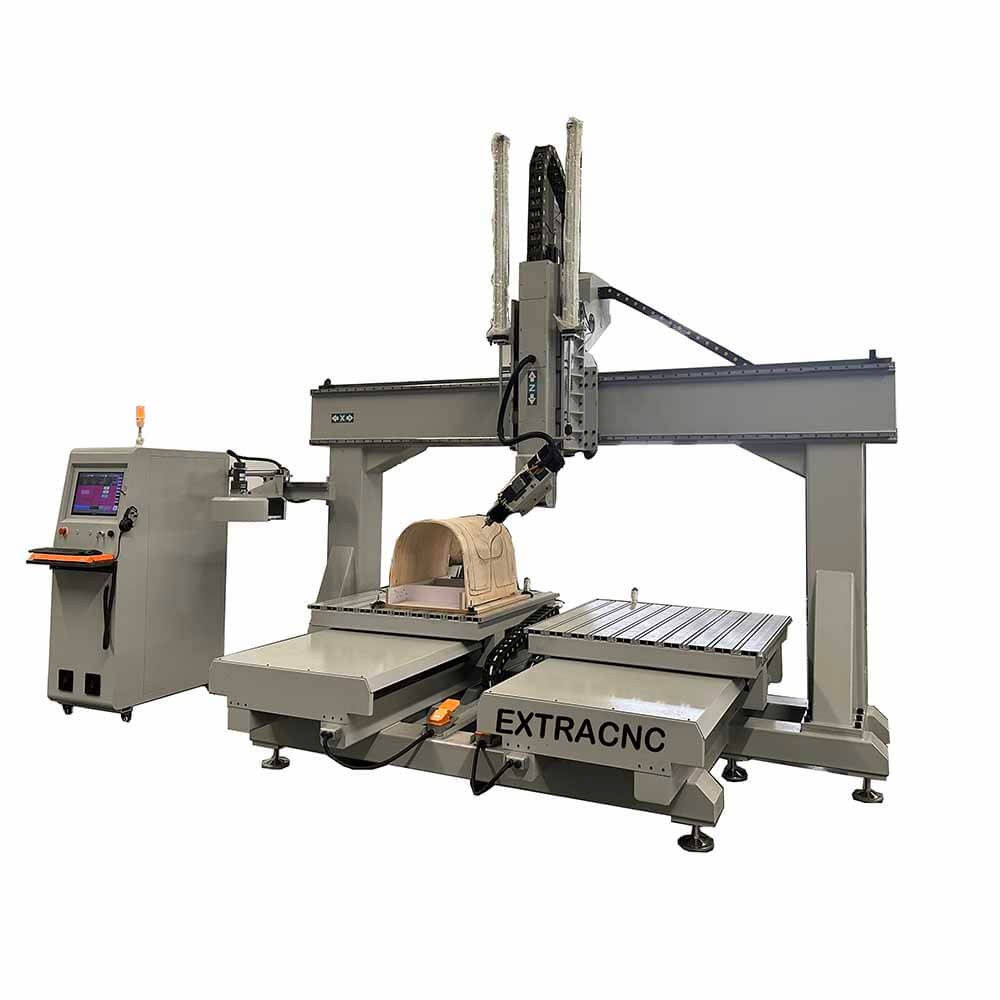
Related Blogs
Explore the world of 5-axis CNC routers! Discover their precision, key features, and applications in woodworking and manufacturing. Get tips for choosing the right machine for your projects!
Understanding both the technical specifications and basic tutorials is essential for making the right decision and using the machine effectively.
While CNC plasma cutters come in many models, most include several standard specifications that affect cutting performance, speed, and accuracy.
Here’s a typical specification example for a standard ET-1530 CNC Plasma Cutting Machine:
| Item | Specification |
|---|---|
| Working Area | 1500mm x 3000mm |
| Cutting Thickness | 0.5mm – 25mm (depending on plasma source) |
| Plasma Power | 63A / 100A / 120A / Hypertherm options |
| Control System | STARFIRE / FLMC / START |
| Cutting Speed | 0–8000 mm/min |
| Reposition Accuracy | ±0.05mm |
| Drive System | Stepper or Servo |
| Machine Structure | Welded steel gantry |
| Software Compatibility | FASTCAM, AutoCAD, G-code support |
| Voltage | 220V / 380V (customizable) |
Even if you’re new to CNC systems, using a plasma cutting machine can be easy with the right steps.
CNC plasma cutting machines are widely used in:
Whether you’re planning to buy or operate a CNC plasma cutter, understanding its specifications and following a practical tutorial will help you get the best performance and safety. With models like the ET-1530 or ET-1540, metal cutting becomes faster, more accurate, and cost-effective.
Explore the world of 5-axis CNC routers! Discover their precision, key features, and applications in woodworking and manufacturing. Get tips for choosing the right machine for your projects!
Send us your request for CNC machines and get an official price within 10 minutes!